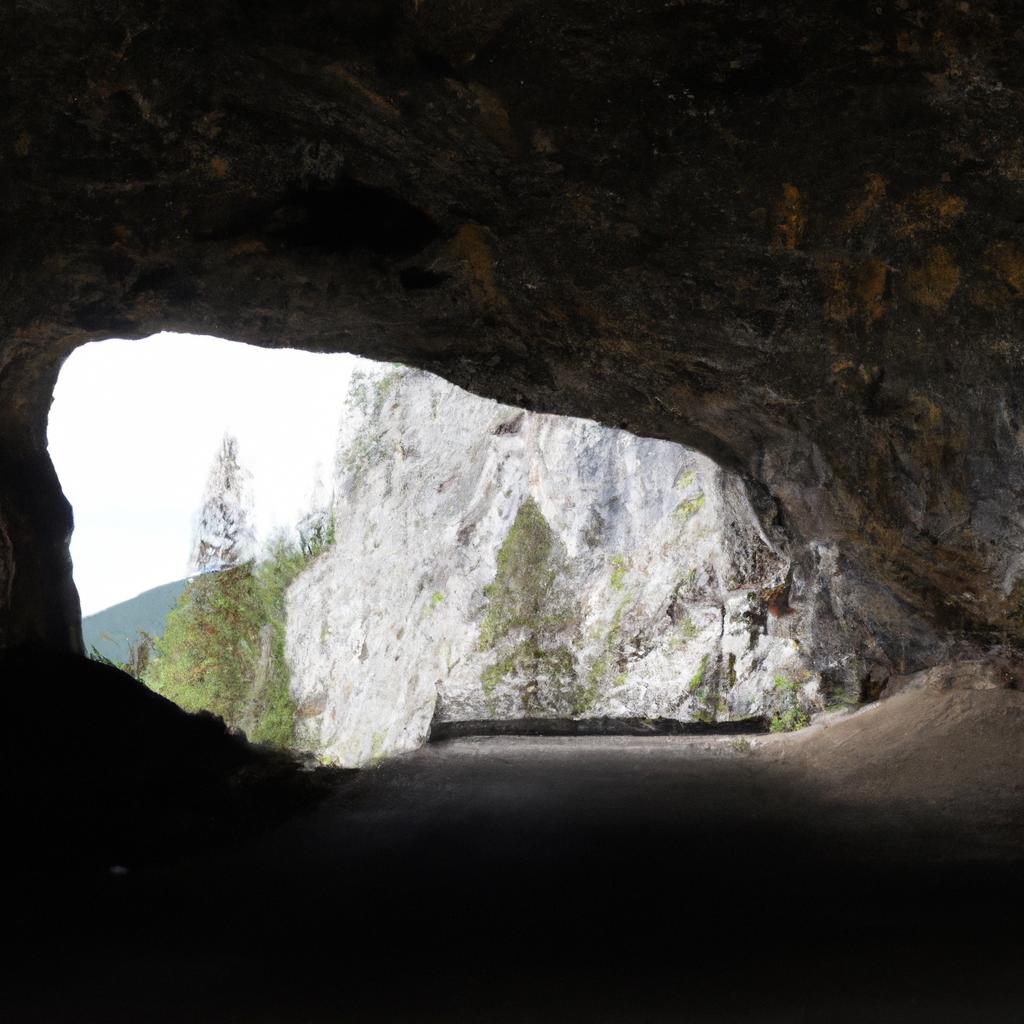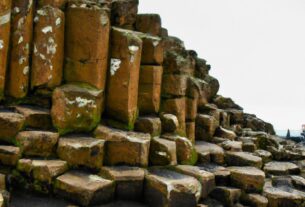Caves are an integral part of Austria’s natural heritage, providing visitors with a captivating glimpse into the country’s geological history. From limestone formations to ice caves, Austria boasts a diverse range of caves, each with its unique features and characteristics. In this article, we embark on an adventure to explore some of Austria’s most popular caves, unveiling their geological history and the unforgettable experiences they offer.
Cave Exploration in Austria
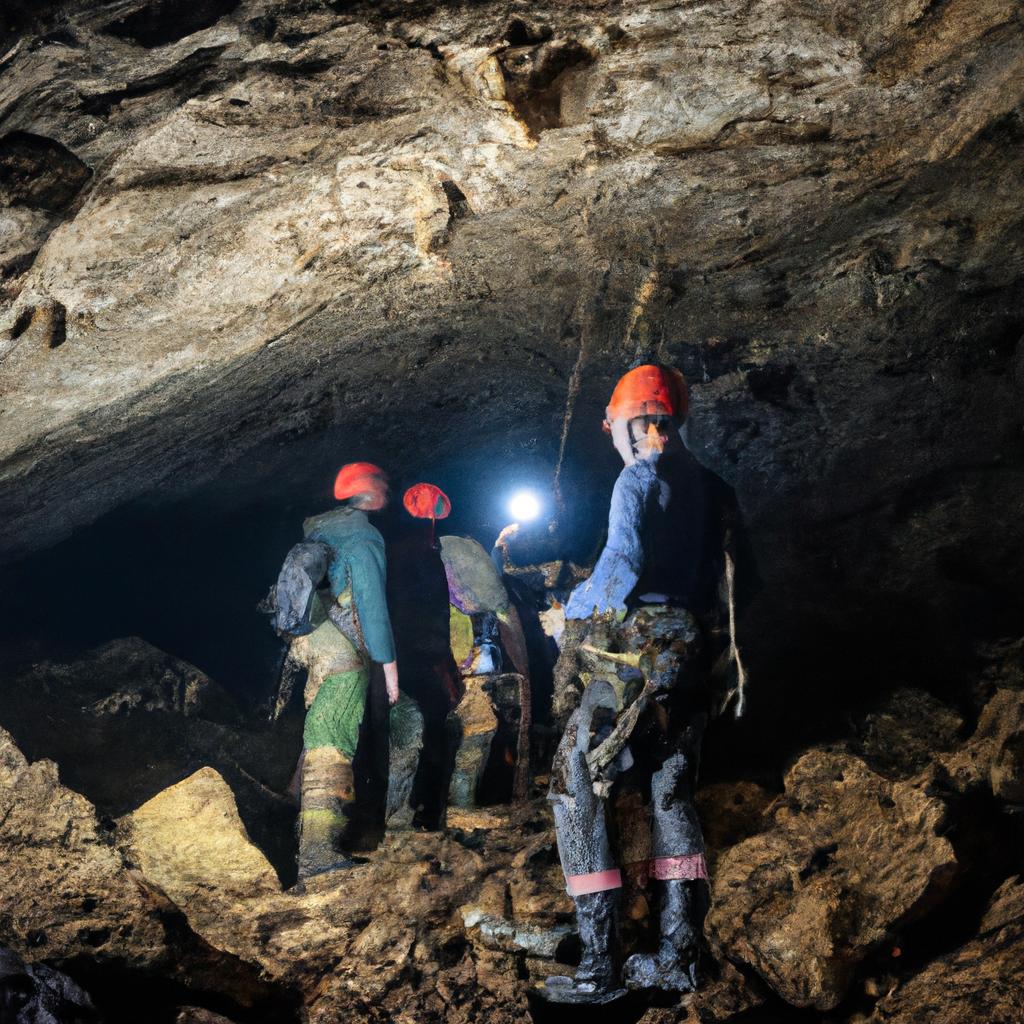
Austria’s cave systems are meticulously maintained and offer visitors a rare opportunity to explore underground worlds. With over 4,000 caves in the country, ranging from small caves to vast systems, there is a wide variety to choose from.
Types of Caves in Austria
The majority of caves in Austria are limestone caves, formed over millions of years through the dissolution of limestone rock. These caves enchant visitors with their stunning dripstone formations, including stalactites, stalagmites, and flowstones. Ice caves, on the other hand, are created when water seeps into the caves and freezes, forming breathtaking ice formations. Additionally, visitors can explore gypsum caves, marble caves, and sandstone caves, each with their own unique features and geological history.
Popular Caves for Tourists and Adventurers
One of the most popular caves among tourists is the Dripstone Cave, nestled in the picturesque Styrian region of Austria. This cave is renowned for its extraordinary dripstone formations, including the majestic “Tower of Babylon,” a colossal stalagmite standing over 16 meters tall. Another crowd favorite is the Eisriesenwelt, a natural ice cave located in Werfen. Here, visitors can explore the colossal ice formations, including the mesmerizing “Ice Palace” adorned with frozen stalactites and stalagmites.
For the more adventurous, the Hinterbrühl Cave offers a unique experience. This cave is celebrated for its underground lake and captivating rock formations. Visitors can choose to explore the cave either by boat or on foot, creating a truly unforgettable and awe-inspiring experience.
Safety Precautions and Regulations for Cave Exploration
While cave exploration is an exhilarating activity, it is essential to prioritize safety to ensure a memorable and enjoyable experience. Visitors should always adhere to the rules and regulations set by cave management, including wearing appropriate clothing and footwear and staying on designated paths. Bringing a flashlight and other necessary equipment is crucial, as caves can be dark and challenging to navigate.
In the next section, we will embark on an exploration of one of Austria’s most remarkable caves, the Dripstone Cave.
The Dripstone Cave of Austria
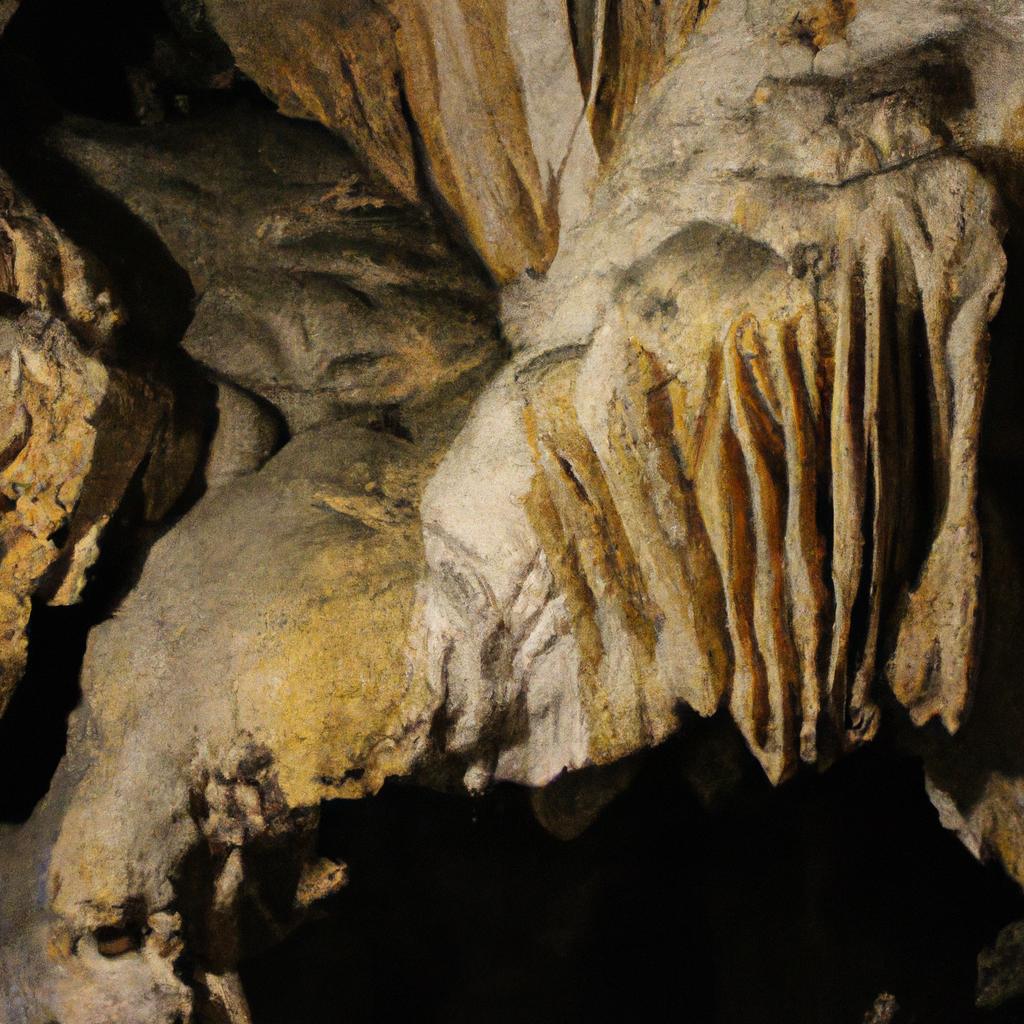
The Dripstone Cave, located in the charming Styrian region of Austria, stands as one of the most sought-after attractions for tourists. This cave is celebrated for its captivating dripstone formations, including massive stalactites and stalagmites that have been evolving for millions of years. As visitors embark on an exploration through its intricate cave system, spanning over 5 kilometers, they are met with a wondrous spectacle of natural beauty.
Description of the Dripstone Cave and its Unique Features
The Dripstone Cave’s allure rests in its extraordinary dripstone formations, such as the awe-inspiring “Tower of Babylon,” a colossal stalagmite towering over 16 meters tall. Visitors are also treated to the enchanting “Crystal Dome,” a magnificent chamber adorned with sparkling crystal formations. Moreover, the cave boasts underground lakes, rivers, and waterfalls, creating an unparalleled and genuinely unique experience.
History and Geology of the Cave
For millions of years, the Dripstone Cave has taken shape through the dissolution of limestone rock. Water seeped into the rock, dissolving it and giving birth to the stunning dripstone formations. Cave explorers discovered this gem in 1922, and since then, it has flourished as a beloved tourist attraction, captivating visitors from around the world.
Tourist Experience and Highlights of the Cave
Visitors to the Dripstone Cave can embark on a guided tour lasting approximately an hour and a half. Throughout the tour, skilled guides lead visitors through the mesmerizing cave system, showcasing the unique dripstone formations and underground lakes. Additionally, visitors learn about the cave’s enthralling history and geology from knowledgeable guides. The Dripstone Cave stands as a must-see attraction for anyone traveling to Austria, offering an unforgettable and truly remarkable experience.
Stay tuned for our next adventure as we explore the World Heritage Site of Eisriesenwelt.
The World Heritage Site of Eisriesenwelt
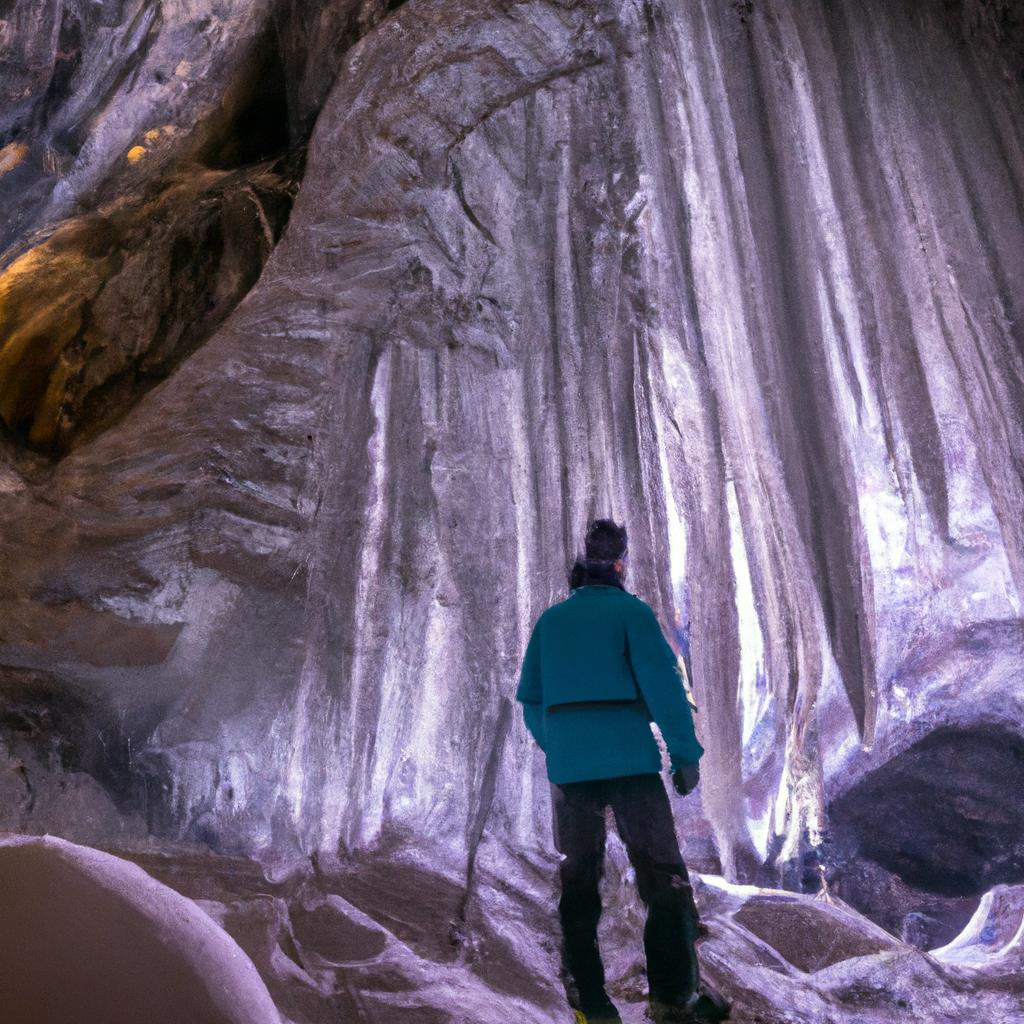
Nestled in the breathtaking Austrian Alps, the Eisriesenwelt stands as the largest ice cave in the world and a designated UNESCO World Heritage Site. This cave is renowned for its awe-inspiring ice formations and stunning natural wonders, making it an irresistible destination for tourists.
Overview of Eisriesenwelt and Its Significance as a World Heritage Site
The Eisriesenwelt’s captivating beauty has evolved over millions of years. Its extensive cave system stretches for over 42 kilometers and is adorned with stunning ice formations, including frozen waterfalls, stalactites, and stalagmites. The cave was honored as a UNESCO World Heritage Site in 1997, recognizing its remarkable geological and cultural significance.
Description of the Ice Formations and Natural Wonders Found in the Cave
The Eisriesenwelt dazzles visitors with some of the most breathtaking ice formations in the world. Explorers can venture through the “Ice Palace,” a majestic chamber adorned with frozen stalactites and stalagmites that glisten under the light. Additionally, the cave features the magnificent “Hymir’s Castle,” an ice formation reminiscent of a grand castle. Visitors are also mesmerized by the “Ice Cathedral,” a vast chamber filled with ice formations resembling organ pipes.
Tourist Experience and Highlights of the Cave
Explorers can embark on a guided cave tour, which lasts approximately 75 minutes, carefully curated to celebrate the cave’s stunning ice formations and natural wonders. Throughout the tour, visitors gain insights into the cave’s history and geology, while marveling at its mesmerizing features. The Eisriesenwelt is open from May to October, and visitors are advised to dress warmly and wear appropriate footwear, as the cave can be chilly.
In conclusion, Austria’s cave systems offer visitors a unique opportunity to explore underground worlds brimming with stunning natural wonders. The Dripstone Cave, Eisriesenwelt, and the Hinterbrühl Cave are just a glimpse of the captivating and diverse range of caves Austria has to offer. By exploring these spectacular caves, visitors gain a deeper understanding of Austria’s rich geological history and cultural significance. TooLacks encourages visitors to responsibly and sustainably explore these natural wonders, preserving their beauty for future generations.
For more information and to plan your visit, visit TooLacks. Let the exploration begin!
